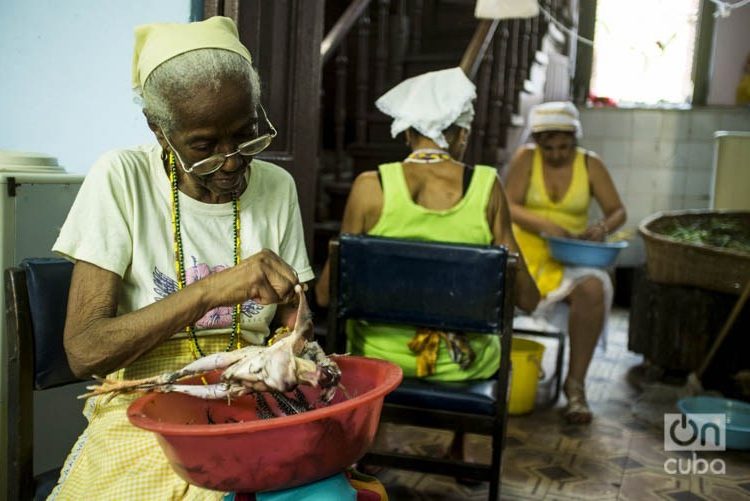After the 1990s, there have occurred phenomena in Cuban society that suggest that the population at risk of poverty tends to increase. This results in a high inequality of income, inequality of opportunities and their being used by a part of society in the face of changes that have not included the entire population.
In the Cuban case, a set of characteristics are present that differentiate it from the idea of poverty in other parts of the world, especially due to the existence of social programs of universal access without direct cost to the beneficiary―education, health, culture, sports, among others―and universal subsidies for a small part of rationed food. These are public policies that limit the impact of poverty and inequality, although by themselves they do not prevent them.
Is poverty in Cuba a forgotten cause? Certainly not, but it seems to be far from resolved in the short term. Is there a specific program to eradicate it? It is not clear. So far there are specific policies to alleviate it, but not to eradicate it.
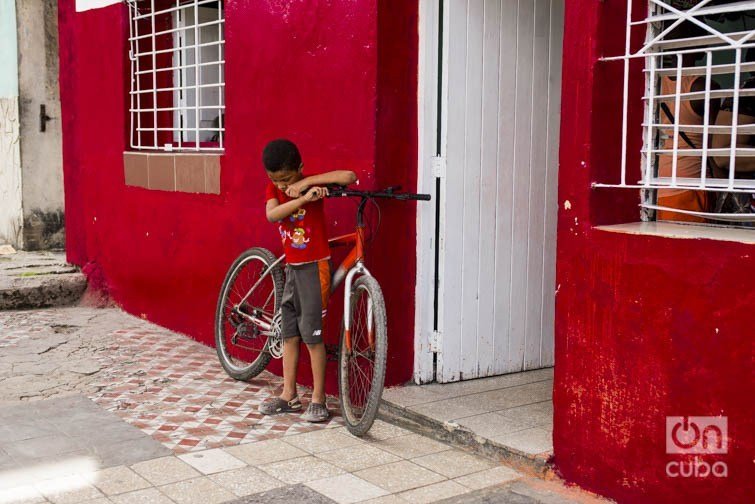
Poverty is not a coincidence
Due to the policy that is being implemented and the existing restrictions, under current conditions there is no significant accumulation of national capital that confronts the group of winners with other social groups in poverty. Differentiating one group from another could only be done by analyzing the population’s income.
An important area should be labor relations, especially the analysis of wages or income according to the weight of workers who work for the Cuban State, but there could be other dimensions of the process, including those that are not of an economic nature.
To work in the eradication of poverty, certain social relations would have to be modified so as to allow the reintegration of the social groups today afflicted by it. This is not simply a problem of material shortages but also a symptom of the functioning of social relations. Poverty is not a coincidence. “Something” must have had to happen in society for certain people to be placed in that spot, and not in another.
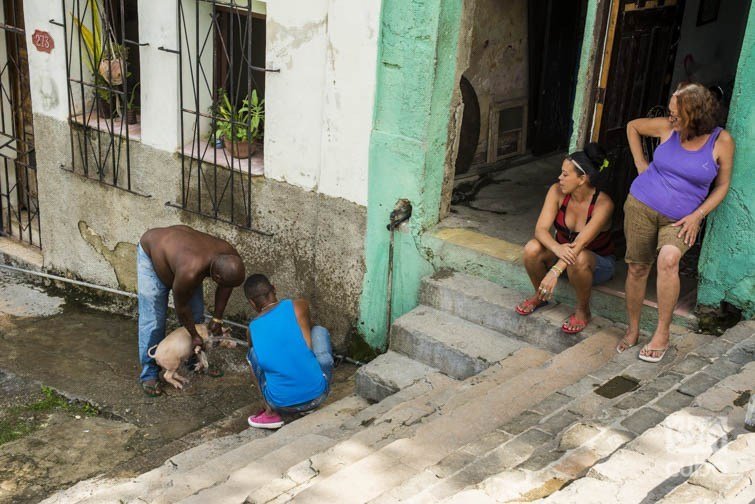
Work is the fundamental means of subsistence. The employment and salary situation is the first cause of income inequality in any society. In Cuba, 70% of those employed are state workers who receive a salary. That is why low wages represent the main cause of the existence of persons at risk of poverty.
Article 31 of the recently approved Constitution clearly states the role of wages: “Paid work must be the main source of income that sustains decent living conditions, allows raising material and spiritual wellbeing and the realization of individual, collective and social projects. Remuneration according to the work contributed is complemented by the free and equal satisfaction of universal social services and other assistance and benefits.”
In 1980 it was estimated that 56% of the total consumption of goods and services was covered at the expense of work. The remaining 44% was obtained through redistributive means; that is, by transfers from the State to the population in the form of subsidies, social security or gratuities. Low wages, together with state guarantees and protections for employment and consumption, homogenized Cuban society.

The gigantic State
In the 1980s academic studies were undertaken to calculate the Gini coefficient in Cuba. In 1986 they placed it between 0.22 and 0.25, one of the most equitable societies of the time. At present it has amounted to more than 0.40, denoting a very unequal society. The country had to take measures to face the 1990s crisis, but did not do the job with the necessary seriousness to resolve the internal causes that led to the Special Period. Many decisions were postponed, more by politics than by economy.
The State remained gigantic, with little productive supply and high centralization. Many measures that encouraged increased work and improved business efficiency were eliminated, passing on to the State’s single account. This affected the Cuban state enterprise from then until today.

After the 1990s the income pyramid in society was inverted. Before the Special Period, teachers, medical staff, public administration and culture workers, etc., were on the top, a sign of the importance given to wages as a source of the population’s income and to qualification as a determining factor in the amount of these salaries. Today, those employed in the non-state sector, in any of its variants―family remittances or from informal commerce―receive incomes much higher than those of salaried workers.
From the monetary and financial point of view, remittances are an important means for the benefit of a significant group of the population, but at the high cost of widening income gaps and devaluing work in any of its forms. And the people who receive them are generally “white,” which entails racial differences. But there was also no effective way for the State to attract these remittances, which would allow it to have an amount of foreign exchange to make investments or other activities.
The capitalist mentality of the Cuban State of taxing remittances with high taxes in the foreign exchange market was not eliminated, which has allowed them to return to other destinations and serve as a source of inputs for both the private sector and the general population. Nor was the state tax on the dollar removed, while in the parallel currency market there are more stimulating exchange rates for the holder of dollars. Today the exchange can be made at 1 CUC for 1 USD in certain territories.

Salaries
The stagnation of wages until June 2019 generated a scenario different to international trends. Poorly differentiated and with slow and low growth, they did not compensate for the increase in inequality, given the gap between the two extreme income groups―say social transfers and per capita income.
The loss of wages’ participation in the population’s total income and purchasing power, led to an intensification of income inequality and the deterioration of the equity achieved during previous decades, creating a widening gap between wages and income outside the state and labor sector.
Before the 1980s, wages were stable, low and with little differentiation from 1 to 4, between those who earned less and those who earned the most. They later became very diverse, with very low purchasing power and dissimilar schemes that worked depending on the sector in question.
Based on resolutions 16 and 25 of 2019 of the Ministry of Labor and Social Security published in the Gaceta Extraordinaria number 13 of July 18, 2019, the new salary increase constitutes a necessary step to begin an improvement in the purchasing power of the budgeted sector, since it covers more than 40% of State workers. The authorities recognize that it is not a wage reform, but rather a wage increase because a wage reform includes a reform in the price policy, monetary and exchange rate unification, among other measures.
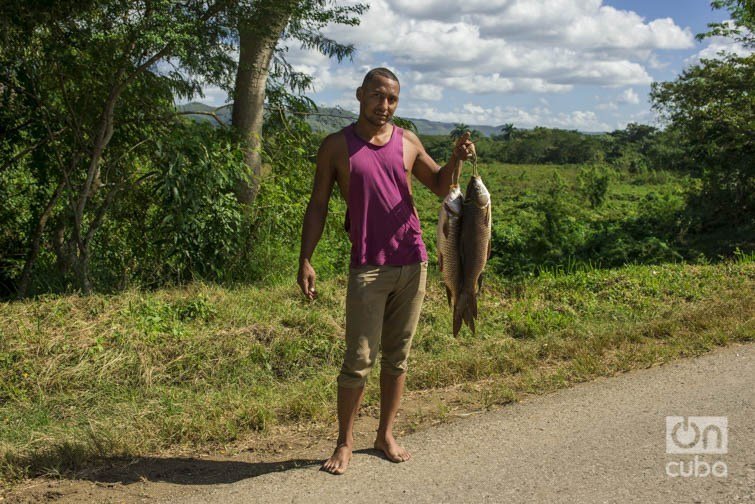
The increase mitigates the despair of some of the Cuban workers. It is more than 68%, but it is still distant from the deterioration of the population’s purchasing power after the 1990s.
According to researchers Anicia E. García and Betsy Anaya (1), in 2016 the average monthly consumption expenditure of a three-person household was 2,245 Cuban pesos (CUP). It is higher in other studies, but the figure can be considered correct. Although this study should be updated for the immediate future, the purchasing power of the Cuban population in the 1980s has not yet been achieved, something that remains ingrained in the popular imagination.
With this increase, the data would change, but since 2016 prices have also increased, especially in the agricultural, private markets, transportation and black market based on insufficient products in the state markets in foreign exchange or in national currency.
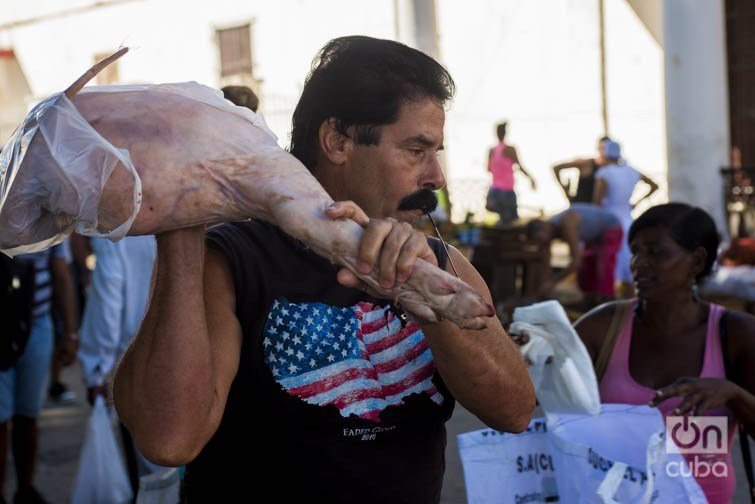
What is poverty and who are poor?
In recent years there has been a debate about approaches to establish a poverty line. The traditional one allows for establishing a determined amount of money that would serve as a standard to differentiate who is “poor” or who lacks income with respect to those who do not need it.
What should be the level of income to consider that a Cuban citizen is “poor,” that is, that their income is insufficient? A simple answer could be the following: to live in a family nucleus where the income is less than a monthly 2,245 CUP. Citizens whose households have an income of less than three average monthly salaries would be poor. So how many people are there in Cuba at risk of poverty?
The recent salary increase is significant. Although workers located below Group XI, who would earn about 790 pesos per month, would remain in a still tight situation, those in Group XII through XXXII, which are in the range of 865 to 3,000 pesos per month, would improve their situation.
What has not been disclosed is the percentage of workers that would be located in the different groups, which would allow for a more detailed analysis. In one of his recent works Professor Lázaro González Rodríguez stated that the average salary should operate according to the existing prices of 4,725 pesos. This leads us to other results, but the conclusions are valid: there is a significant mass of people at risk of income poverty in Cuba.
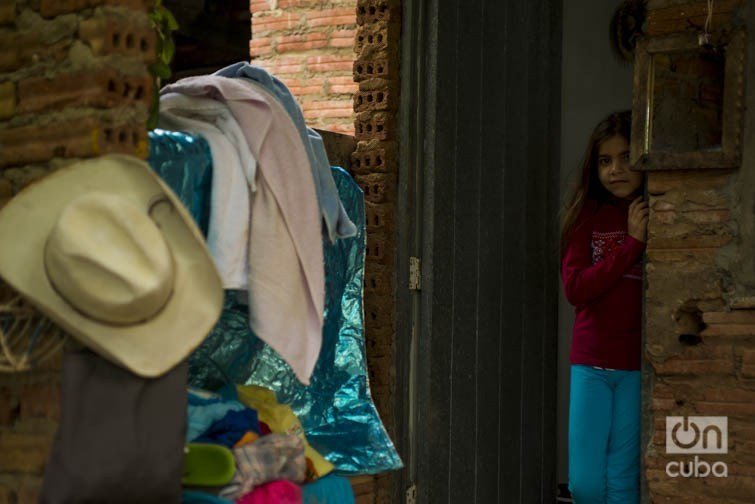
The relatively high probability of having income problems in Cuba is 41.7% of the state labor force (1,343,800 workers), which in 2016 worked in activities with an average salary lower than the national average salary. Assuming that a family nucleus is made up of 2.9 persons, that would give a total of 3,897,020 individuals who would live in households at risk of income poverty.
Pedro Monreal adds two other relatively large groups: pensioners (1,676,988 people), who receive an average pension of just 37% of the average salary in 2016, and 179,796 beneficiaries of social assistance, who by definition would classify as “poor.” The three categories added together would be 5,753,804 persons. And it would be equivalent to approximately 51% of the Cuban population.
Defining who is and who is not poor by adopting a “poverty line” is, without doubt, a limited criterion. Poverty has many dimensions that exceed a certain quantification of material shortages. However, no public policy against poverty operates without quantification. Data such as the following must be taken into account:
- Prices are very high in the state sector, with a rate on the cost of a product of between 250 and 320% in the foreign exchange market. In the non-state sector, they present an exaggerated increase, they maintain a more than 30-fold growth compared to 1990.
- The national average salary amounted to 777 CUP in 2018―that is, the nominal salary increased fourfold compared to 1990.
- The minimum wage amounts to 225 CUP.
- The minimum pension was set at 242 CUP.
- To match the nominal salary with the current prices, the minimum wage would be 2,334.75 CUP, and the average 4,725 CUP.
Inequality is also a relative concept. From an economic perspective, it essentially compares the level of material wellbeing of different social groups. That is why it is not possible to adequately understand it if disproportionate attention is paid to one of its components―the increase in the concentration of wealth and income of some―without addressing its other key component: the possible amplification of the poverty of others. Or if changes in income distribution within the segment of those who are not “rich” are not addressed.
Cuba retains a mechanism that includes a rationing component. The ration card, electricity rates (at certain levels of consumption), water consumption, are classic examples of “repressed inflation.” Maintaining artificially low prices is a way to grant subsidies to people’s consumption.
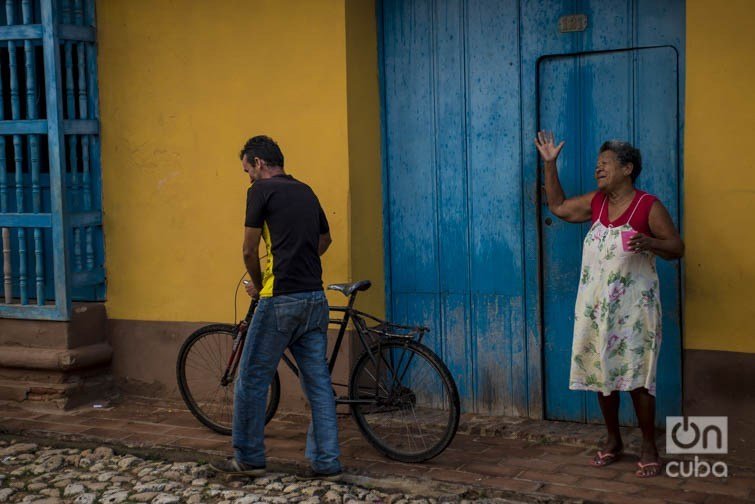
Repressed consumption; postponed consumption
The State is trying to increase family purchasing power through wages. But in parallel, the possibility of raising the real wage through a reduction in consumer prices should be evaluated. The same State has them very high in the liberated or foreign exchange markets.
In general, what it implies for workers to not be able to pay for the essential expenses for the reproduction of their work force and to support their family with the low purchasing power of today’s wages is the greatest existing distortion.
Before talking about rich and poor as absolute concepts, the Cuban State has to implement concrete measures to take forward half of the workers at risk of poverty, since their income is not enough to maintain the repressed consumption of a Cuban family. And I mean repressed consumption because today their aspirations are, in the first place, food, clothing and transportation. No luxury items, leisure, recreation or improvement of home air conditioning, among others.
In Cuba there is a postponed consumption, hidden in the economic possibilities of an important group of workers. It is known to be the result of the economic crisis of the 1990s, but we are three decades from that date. There are 3,953,712 Cubans aged less than 30 years who have lived with a set of restrictions since birth.
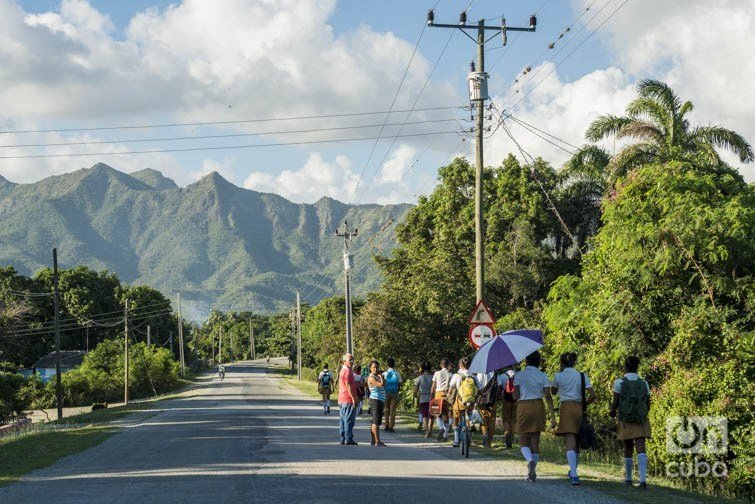
And what is needed is not only an increase in wages. That must come with a supply of adequate goods and services so that inflation does not cloud the increase in nominal wages. How to achieve this? First, that the State really implements what is approved in the documents of the 7th Party Congress, where there is a range of options, including promoting the development of productive forces, approving small and medium private enterprises, unlocking approval of new urban cooperatives, providing facilities for wholesale trade that includes the possibility of importing by non-state workers, authorizing the purchase of agricultural machinery by farmers, allowing joint ventures between a foreign legal entity or individual with a national one, expanding the number of professions in self-employment, among other actions.
It is not pointless to repeat what other colleagues have said recently. In Cuba there is resistance to change, old mentalities derived from too much time thinking about a certain way to manage the economy. Current and future times need other mentalities, if the aspiration to be a country on the road to development in just 10 years is real. In other words: measures must be taken in the shortest possible time, even if they are not pleasant for everyone. Many of them are already endorsed in the main documents approved by the Communist Party of Cuba and the government. What then are the authorities waiting for to carry them out?
Note
(1) Anicia E. García Álvarez and Betsy Anaya Cruz: “Gastos básicos de familias cubanas urbanas dependientes de salarios y pensiones: dinámicas recientes,” Center for Studies on the Cuban Economy, Havana, March 15-16, 2018.

